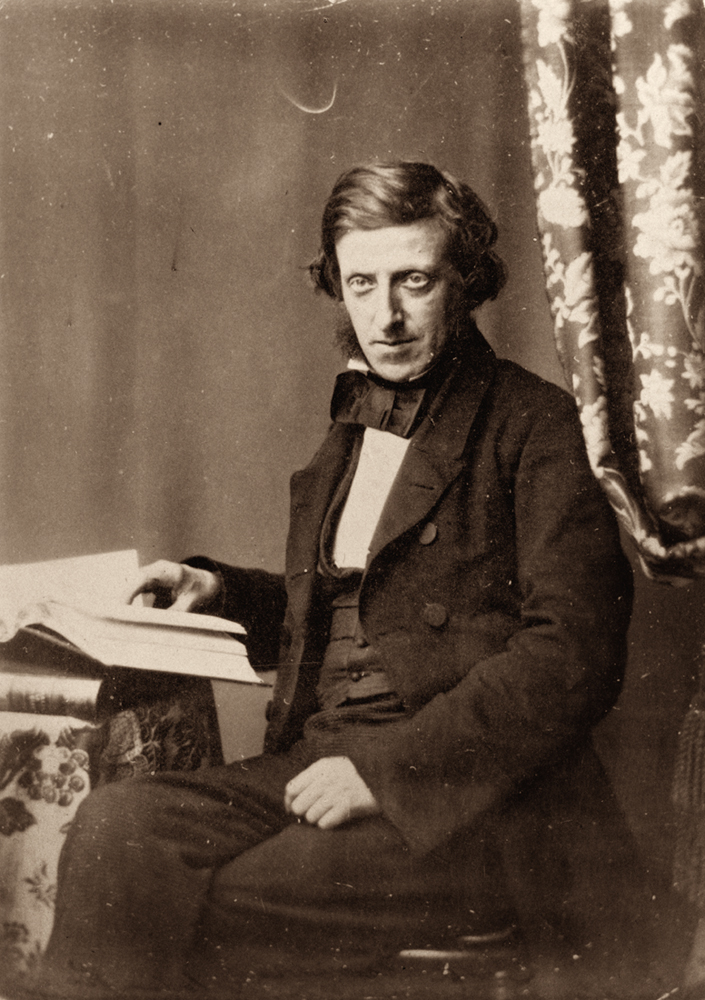I'll be doing a lecture and demonstration on the wet plate collodion process on Tuesday, October 27 from 7p - 9p. Invented in 1851 by Frederick Scott Archer, it is one of the oldest photographic processes, and it is experiencing a revival in the 21st century. In this class you will learn how a wet-plate image is made, why it became the dominant form of photography during much of the Victorian Era, and why it is gaining in popularity today. You will be able to examine samples of modern and antique plates on metal and glass and learn the difference between tintypes, ambrotypes, and daguerreotypes.
I will also demonstrate the process using a vintage 8x10 camera to create a ruby ambrotype portrait. Participants will be able to see (and smell!) this fascinating photographic method.
This is a great introduction to a key process in the development of photography. It is the process that George Eastman learned before he went on to revolutionize photography. Perhaps it will entice you to take an upcoming tintype or ambrotype workshop at Genesee Libby. Or to have your own modern antique portrait made with us.
The class, offered through Rochester Brainery, will be held at Genesee Libby Studio. Cost to attend is $30 and pre-registration through Rochester Brainery is required.

